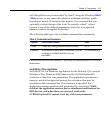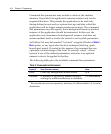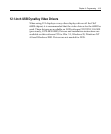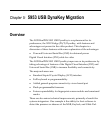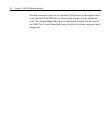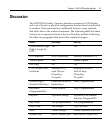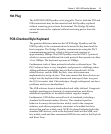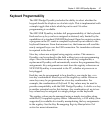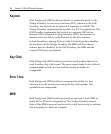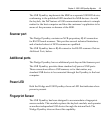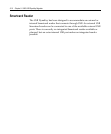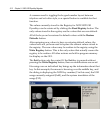
Chapter 5: 5953 USB DynaKey Migration 5-5
Hot Plug
The NCR 5953 USB DynaKey is hot-pluggable. That is, both the DVI and
USB connections may be disconnected and the DynaKey replaced
without removing power from the terminal. The Wedge DynaKey
cannot be removed or replaced without removing power from the
terminal.
POS-Checkout Style Keyboard
The greatest difference between the NCR Wedge DynaKey and the
USB DynaKey is the communications between the keyboard and the
host computer. The Wedge DynaKey communicates using the PS/2
communications protocol, which is bit-serial and operates at
approximately 25Kbps. The USB DynaKey uses the USB 1.1 protocol,
which is a newer and different bit-serial protocol that operates at either
1.5 or 12Mbps. The keyboard operates at 12Mbps.
Furthermore, each of these protocols includes a software layer. The
PS/2 software layer is very simplistic, and presents a challenge when
adding additional capabilities beyond the keyboard itself. All the
added devices, such as MSR, Keylock, tone, and scanner are
implemented as wedge devices. That term means that these devices are
wedged into the keyboard data stream and must spoof their way past
the O/S to transfer data. This technique, though widespread, can have
problems, and is not standardized.
The USB software layer is standardized and richly defined. It supports
multiple simultaneous channels of communications, and allows
additional capabilities to be added without negative impact.
Furthermore, USB defines several levels of standards, including a
standard for Human Interface Devices. This standard specifies
behavior for many devices that are widely used in the computer
industry, and allows proprietary extensions to be added for those
devices that are less widely used. NCR’s keyboard includes both fully
standard HID devices, such as the keyboard itself and the MSR, and
less-widely used and thus customized HID devices such as the Keylock
and Error Tone.



